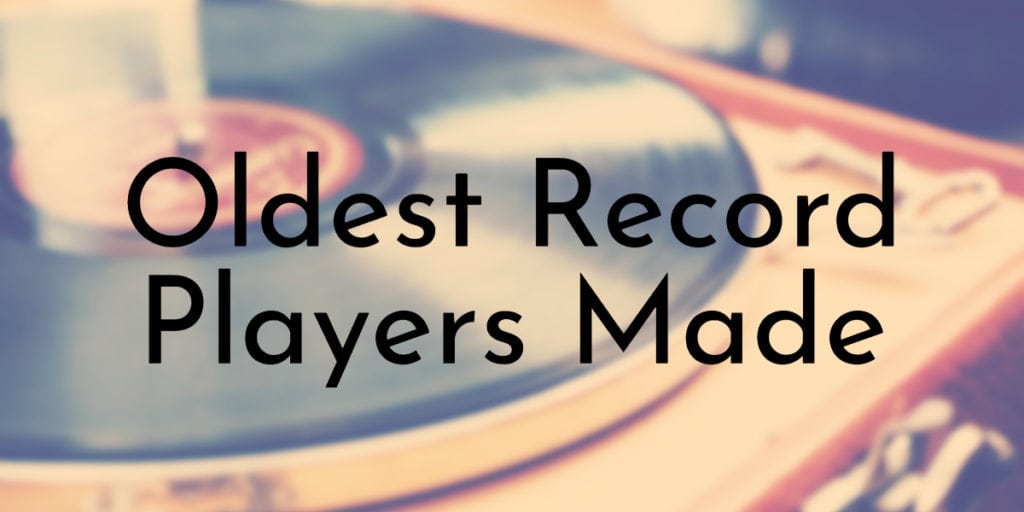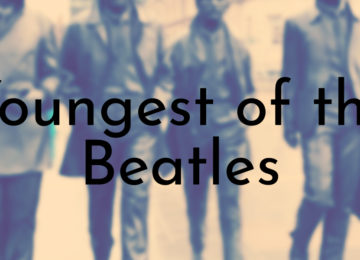Record players were the first devices used to create and play music on a record. They were invented in the late 19th century, but it was not until the early 20th century that they became popular.
The record player’s main purpose was to be able to reproduce music from records, which were made with a groove that could be cut into the grooves of the records using a machine called a phonograph. This machine would then separate the sound waves into different frequencies and produce an electrical signal that could be sent to speakers or headphones.
The history of record players is a long one. From the early days of music until today, technology has changed rapidly. During this time period, many different kinds of record players were invented.
All record players have a certain age, which makes them something special; they play music at different times, but they also all have a certain look and uniqueness, uniqueness and are so much fun to use. You can’t really compare them. If you want to read more about the oldest record players, continue reading below.
5. Direct Drive Turntable
Year Invented: 1969
Inventor: Shuichi Obata
Feature(s): Recording, Playback
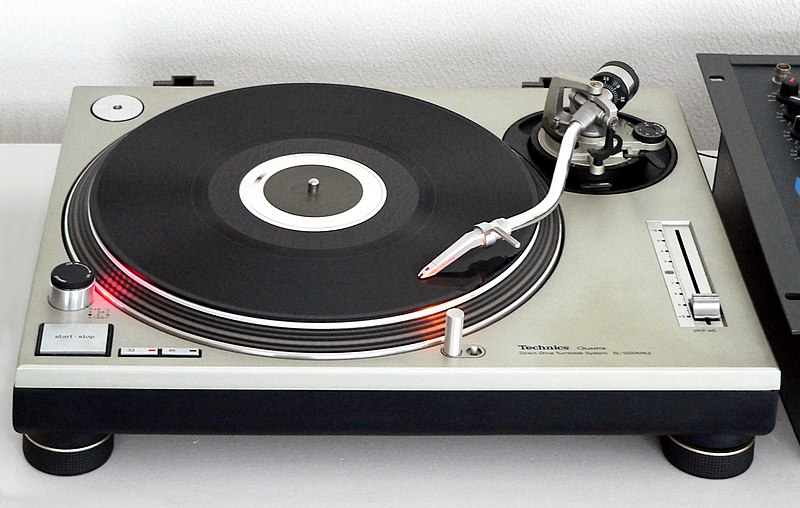
The SP-10 Direct Drive Turntable is the first turntable ever made and is considered by many to be one of the most important innovations in the history of recording.
It was invented in 1969 by Shuichi Obata, who was part of an engineering team working for Panasonic. They were tasked with creating a way to record sound onto vinyl records, which had been impossible until then because it required a stylus that could be moved across the surface of the record and read off as vibrations.
Obata’s team developed a new type of turntable that used direct drive technology—a concept borrowed from cars—to move a belt that carried the stylus around inside of it. The resulting sound was much clearer than anything produced before.
4. Vinyl
Year Invented: 1930
Inventor: RCA Victor
Feature(s): 33⅓ rpm playback
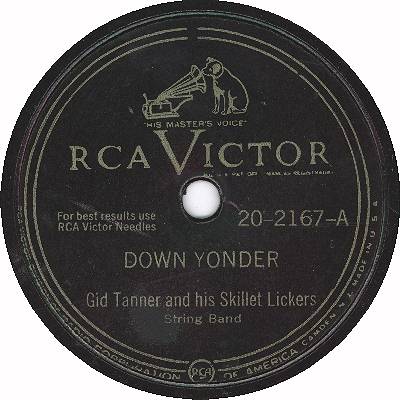
RCA Victor introduced the first vinyl record to be mass-produced. The company was hoping to compete with the popularity of gramophone records and radio programs, but they were also looking to capitalize on the explosive growth in sales of stereophonic records, which were released by RCA Victor’s competitors.
3. Gramophone
Year Invented: 1887
Inventor: Emil Berliner
Feature(s): Recording, Playback
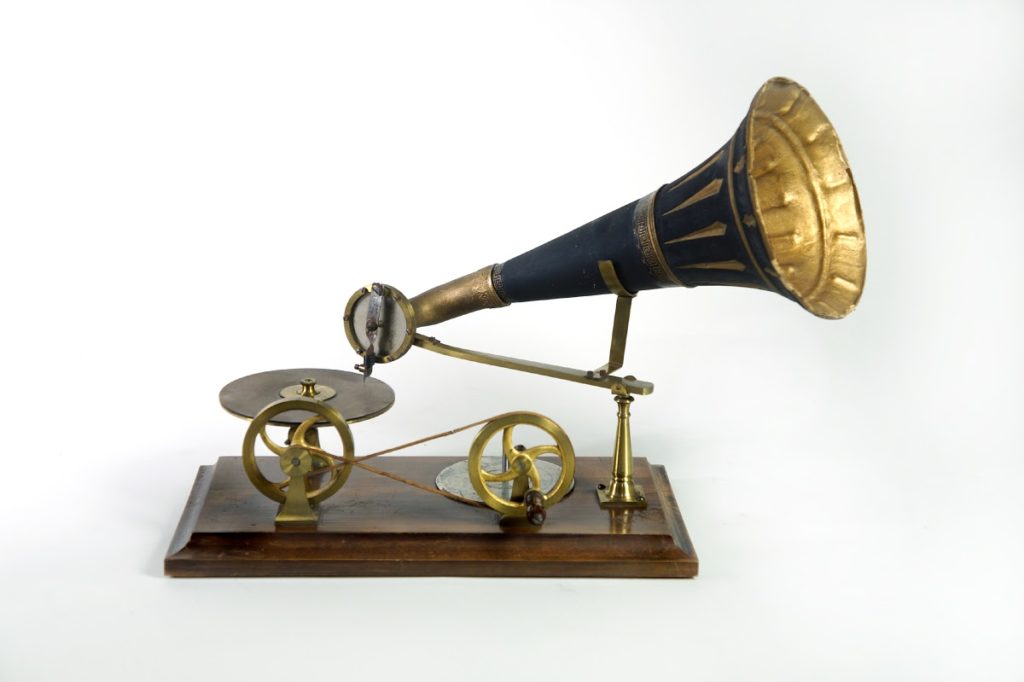
A gramophone is a device that records and plays back sound. It was invented in 1887 by Emil Berliner, and it’s still used today.
A gramophone record consists of a flat disc with grooves cut into it. The sound waves are cut into the groove with a needle and then bounced back to the horn, which amplifies them and sends them to your ear.
Gramophones can be used in two ways: playing back pre recorded sounds or recording new ones yourself. If you have a phonograph that can playback pre recorded music, you can make a recording of your own voice singing or playing different instruments on top of your favorite songs.
2. Phonograph
Year Invented: 1877
Inventor: Thomas Edison
Feature(s): Recording, Playback
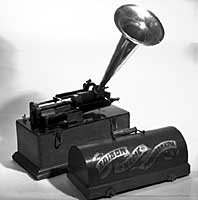
The Phonograph was invented by Thomas A. Edison in 1877. It was a device that could record and playback sound, and it quickly became popular as a way to send messages, announce news, and even make music.
It produced a mechanical recording of human speech using a tinfoil cylinder wrapped in black wax and coated with an alkaline solution. The recording was made by cutting off small pieces of the cylinder and dropping them into a solution of carbonate of soda, which reacted with the tinfoil to leave behind a negative impression.
The positive impression was then transferred to another piece of tinfoil through friction, causing it to vibrate at the same frequency as the original recording.
The phonograph was essentially an early form of tape recorder—a machine that records sound waves and reproduces them later on for listening or printing purposes.
At first, Edison intended for his invention to be used as a method for distributing news from faraway places; instead, it became one of the most popular consumer products of its time and paved the way for other forms of entertainment media like radio broadcasting and motion pictures.
1. Phonautograph
Year Invented: 1857
Inventor: Édouard-Léon Scott de Martinville
Feature(s): Recording
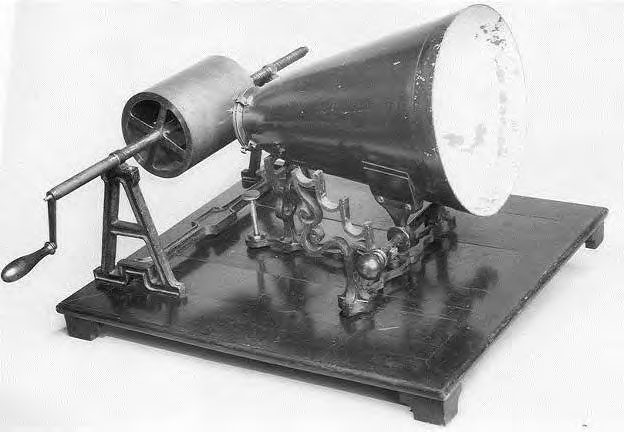
Phonautograph was invented in 1857 by French scientist Édouard-Léon Scott de Martinville, making it the oldest record player ever made. It was a mechanical phonograph that recorded sounds with a needle that moved across a stylus, which could be moved back and forth over a thin sheet of paper.
The device is a combination of a crystal microphone, which picks up sound vibrations and converts them into an electric signal that can be recorded on paper, and a stylus that moves across the paper to reproduce those vibrations.


